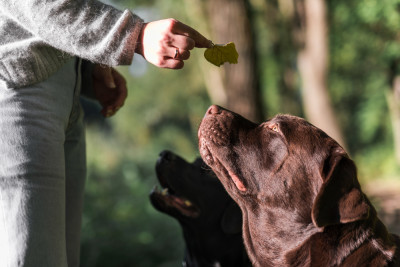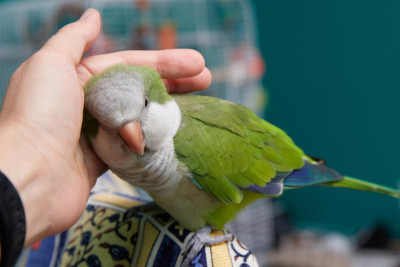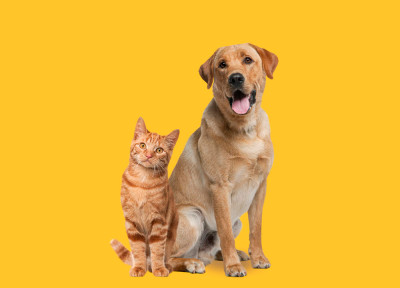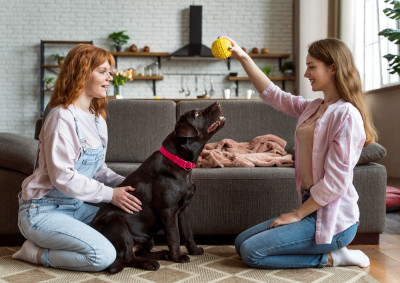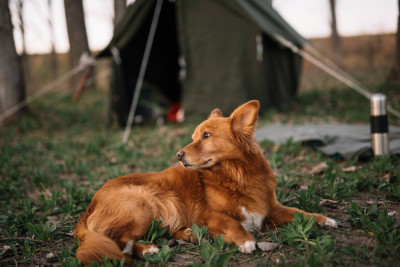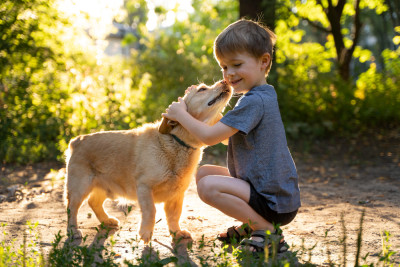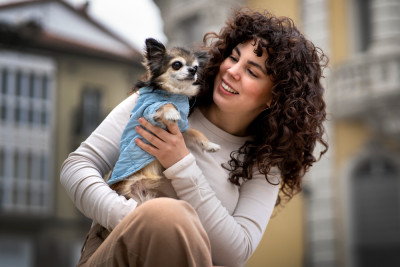1. Sense of Smell
A dog's sense of smell is their most powerful and influential sense. It's estimated that dogs have around 300 million olfactory receptors in their noses, compared to about 5-6 million in humans. This remarkable olfactory system allows dogs to:
-
Detect Scents: Dogs can detect and identify a wide range of scents, making them invaluable in roles such as search and rescue, tracking, and drug detection.
-
Sense Emotions: Dogs can pick up on human and other animal's emotions through scent cues, which contributes to their ability to provide emotional support and therapy.
-
Explore Their Environment: Dogs explore their environment by smelling various objects and locations, gathering information about the world around them.
2. Sense of Hearing
A dog's sense of hearing is also highly developed, with a broader range of frequencies than humans. Dogs can hear sounds at frequencies as high as 65,000 Hz (compared to humans' upper limit of around 20,000 Hz). This acute sense of hearing allows dogs to:
-
Detect High-Pitched Sounds: Dogs can hear sounds that are inaudible to humans, such as a dog whistle or the high-pitched noise of certain electronic devices.
-
Identify Direction: Dogs can determine the direction from which a sound is coming, making them skilled at pinpointing the source of a noise.
-
React to Vocal Cues: Dogs are responsive to human voices and can learn to understand and respond to various vocal commands.
3. Sense of Sight
While dogs' vision is not as acute as their sense of smell or hearing, they rely on their sight for many activities. Some key aspects of a dog's vision include:
-
Color Vision: Dogs do see colors, but their color vision is limited compared to humans. They primarily perceive the world in shades of blue and yellow.
-
Peripheral Vision: Dogs have a wider field of peripheral vision than humans, which helps them detect movement from various angles.
-
Low-Light Vision: Dogs have better low-light vision than humans, making them well-suited for activities in dim lighting conditions.
4. Sense of Taste
A dog's sense of taste is essential for evaluating the palatability and safety of food. While their taste buds are not as diverse as those of humans, dogs can distinguish between different flavors, including sweet, salty, sour, and bitter.
5. Sense of Touch
Dogs use their sense of touch to interact with their environment and communicate with other dogs and humans. Key aspects of a dog's sense of touch include:
-
Tactile Communication: Dogs use body language, such as wagging their tails, nuzzling, or pawing, to convey emotions and intentions to others.
-
Sensitivity to Texture: Dogs can differentiate between various textures, allowing them to adapt their movements and behaviors accordingly.
6. Cognitive Processes
Dogs have cognitive abilities that influence how they perceive and interact with their environment:
-
Memory: Dogs have impressive memory capabilities, which enable them to remember people, places, and routines.
-
Problem-Solving: Dogs can engage in problem-solving activities to obtain rewards or navigate their environment.
-
Emotional Perception: Dogs can perceive and respond to human and other animals' emotions, which helps them form social bonds and provide support.
Conclusion
Dogs perceive their environment through a combination of sensory abilities and cognitive processes. Their acute sense of smell, hearing, vision, taste, and touch allow them to navigate and understand the world around them. By appreciating how dogs perceive their environment, you can create a more enriching and enjoyable experience for your canine companion, strengthening the bond between you and your furry friend.

